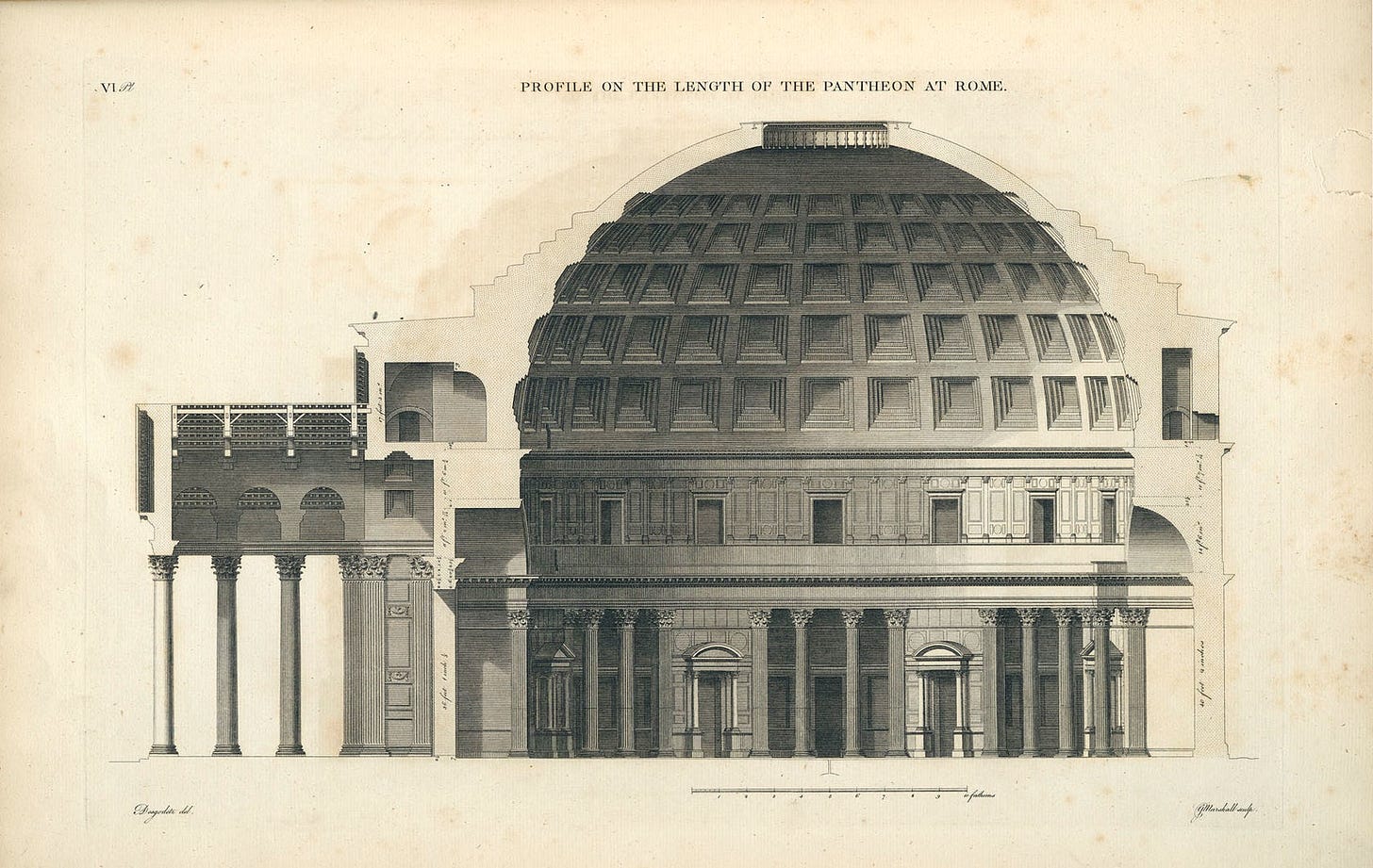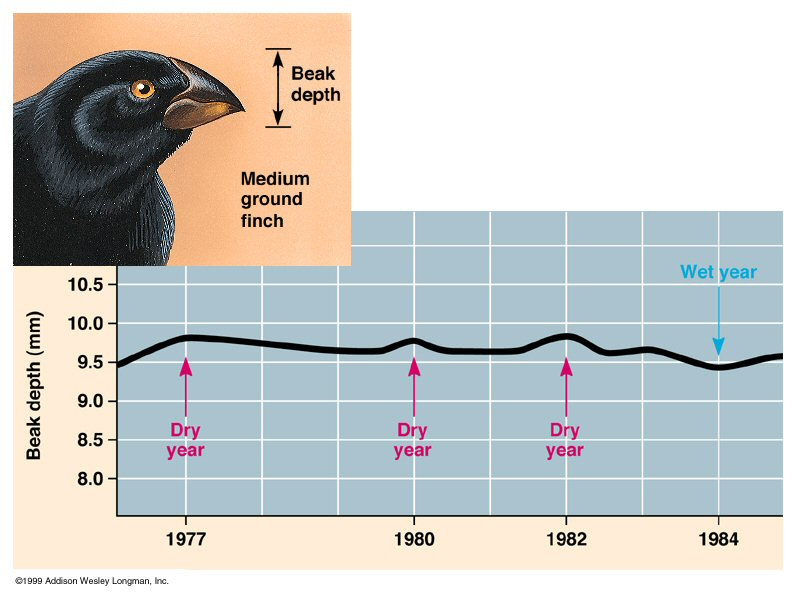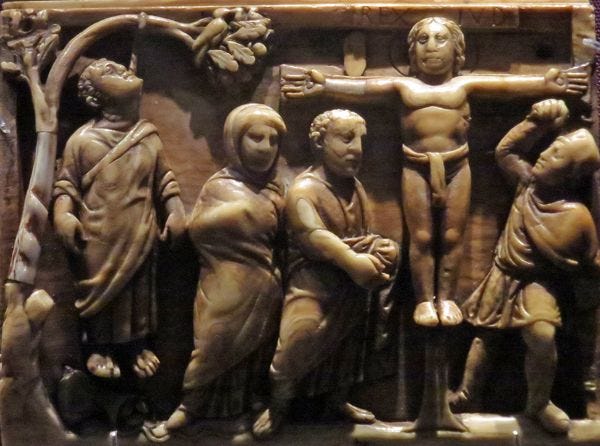Biological Niches are a source of constant curiosity. They exist as seemingly fixed categories that life fits snuggly into in any given environment. If you take one out, some invasive or similar species will find their way into the role. If you leave a devastated region untouched, they will get filled up over the course of about a century or so. Despite multiple extinction events on this planet, life seemingly returns to familiar niches as the ecosystem rebuilds itself. I’ve been told by some that this is a kind of platonic ideal form, but I confess, I’ve never read the Greek philosophers. I wouldn’t know.
Regardless, we can find repeat typologies in the fossil record which appear to conform to these niches. Natural selection appears to trim off branches of development which doesn’t conform to these niches.
Even if you are a creationist, this should interest you. Because even without evolution, these niches appear to exist as blocks which build on top of each other as an ecosystem develops from a simple system to one more complex. These niches always appear, even if one is permitting a region to start from scratch. Groups of species one may call “invasive” can also be collaborative and work together in forming wholly knew constructs, such as the micro-climates of many pacific islands, where generations of invasive species have - on occurrence - bounded together into more successful constructs than the failed examples such as Easter Island.
If you do subscribe to evolution theory, the list of lesser known species in Earth’s history should fascinate you. Not because of their diversity, but because of their predictability. One of my personal pet interests are the “Monkeysaurs” and “Monkeydactyls”, lineages of dinosaurs which appear to have begun filling niches that resemble primates.
But why?
Why is it that nature has these niches that appear to emerge no matter how many times life experiences extinctions? Evolution is not a playbook. It’s bad science to say things “evolve” as if by choice. Mutation is random, and natural selection weeds out the poorly adapted forms. And yet we can also say the cosmos has a kind of goal as well. Some structure of the cosmos that these forces ultimately do end up directly life towards.
In my own profession, architecture, we call this negative space. It’s the shape of a building which only those privy to the plans are able to see. The form which we make to direct inhabitants to occupy, and in so doing return to task that the forms predetermine as favorable to the space. There are certain heights, lengths, widths, etc, which more or less predetermine a spatial outcome to a space and how it will be used. Give a space wide big windows, it will almost always be used as a living room or dining room. Give it small windows with curtains, almost always a study or bedroom will be the result. These niches which architects put into the design ensure a certain level of predetermined and predictable outcomes of a space’s use. In turn, clever and well done design can ensure a space is obeyed and respected for generations. Likewise, poor design and ensure a space is abandoned by its occupants and used mostly as storage and spare rooms for junk.
Among the French, the word for this negative space is poché. French for Pocket. By emphasizing these pockets of space, you can engineer interactions, both spatial and social. The The poché drawing was a definitive trait part of the Beaux Arts movement. It was an easy way to give clear and clean spaces for the engineers and other back-room guys to see volumes they had to work with. It streamlined much of the design process. Poché is the area where different trades and craftsmen existed. The angels of the design process who took the orders of a god, or the architect, into the material realm. They existed either on the perimeter of the poché, such as for painters and masons, or were confined to the hidden unseen realm of the poché, where their actions could only indirectly influence the occupants of the empty white cosmos.
The entire set up mimicked their understanding of creation. But in a certain way, it also is creation. We, occupants of the universe, cannot perceive the mysterious forces which govern our spatial arrangements and interactions. There’s a poché there, of sorts, which we know is there, but we cannot see it. Worse, unlike occupants of buildings, there isn’t even a wall to grasp in order to guess its volumes or components.
It simply is.
We only get to exist inside the spatial consequences of it.
The reality of biological niches offers some sort of strange realization. Because these forms exist as real and physical material, and because they arrive at their forms through testing and trial, one must confess there ought to be some ideal form which fits snugly in the niche perfectly. That such radically different castes of life - be they reptiles or mammals etc - always approach this ideal, suggests to some degree the forces pushing them to these ideals must have some kind of cast or prod in the shape of that idea. In a sense, the cosmological Poché is its own ideal form, and the life form being pushed into it can only offer a haphazard attempt at conforming to it.
But this thought experiment can get dangerous as well. Because we know it takes time to conform. And after any mass extinction, or ecological disaster, or elseward calamity, it can take many thousands to millions of years for a new form to be pressed in. Indeed, it takes time for life to even rediscover the niche exists. A rodent nestled in a dinosaur skull discovered one day it can snatch a fish and no predator exists to eat it. It no longer needs hide. Its progeny no longer need to be small. The species enlarges. Some future generation of that larger rat realizes that, instead of fish, it can simply wait for other rats to find the fish, and it can eat those rats instead. A predatory is born, and begins to conform to its role. Each stage of development has a certain discovery time. Sometimes this can be rapid. In island environs, birds can fill in lost niches with some minor beak modifications in the span of a few centuries. Even decades, in some places.
For me, this opens the door to a terrifying thought: There could be niches we know not about, which simply have not had the time-scales to develop. Or the pressures manifest to emerge. We don’t know the cosmological poché. We don’t have some kind of heavenly flashlight to look at dark niches we cannot yet see. They could exist, and what life conforms to in those forms may be beyond horrifying.
These has been an ongoing thought in my mind recently. The human species is itself a species which is still under pressure to conform to this strange niche known as civilization. We don’t actually know what form it is, though we can tell quite clearly we are not yet conformed to it: our rising depression rates, declining reproduction rates, and general problem of existence in this niche gets worse every century. Aside from brief moments of happiness, we appear to be under increasing pressures to conform to that niche and none the happier.
Some look at the joyful rich lives of hunter gatherers in more primitive societies and see in them something inherently more natural or appealing to their senses. Something about that beckons them towards it. It’s clear this existence is an altogether different niche from the ones they currently occupy in global cities around the world. For some reason, the form we currently occupy naturally - the niche we seem pressed into now - is one which views something between a hunter-gatherer life and a rancher life as ideal. That’s what so many people want to retire to now. And in this, we can see the current urbanite niche is simply not aligned with our original niche as human beings.
Some may call this urban niche the “bugman” niche.
This begs a probing question: the niche of the bugman clearly exists, and yet many do not appear to have “discovered” it yet. There is clearly an ideal bugman who could, potentially, perform and thrive in this niche. An ideal bugman form exists. And we can, pehraps, feel around the poché of this niche to get a sense of what that form would be.
Homo Insectis would have a lower sense of ownership, so the parts of the body and brain related to generating those concepts would begin to become underdeveloped, and eventually vestigial. Homo Insectis does not need the motion-tracking hunter eyes of our ancestors, though it still needs the pattern-recognition for ease of manipulation and ad targeting. Such a being would have several other adjustments to approach the ideal form of its niche.
What I find most disturbing is that we appear to be undergoing that conformity pressure. Kinesthesia, or the method by which the brain generates a sense of self-ownership, relies on a number of different neurological and muscular interactions. This occurs in the Somatosensory Cortex. I know we like to joke about the “Soy Physique” of urban men, but it may not be soy. It may actually be a product of the body under such conformity pressure. Our brains do not simply produce memory out of thin air. They need tangential sources for such memory. The weakened physique of urban men may actually be the natural selection pressure to decrease a sense of ownership. In a sense, weaker muscles produce weaker sense of self.
Along with the Kinesthesia system is the mirror neuron system. This system relies on seeing faces of others to develop a sense of self in relation to those other faces. I need not go at length on this. But you can imagine what a generation raised on screens and face masks will have as a consequence. The brain, like any muscle, will start to shrink if not exercised. The diminished mirror neurons will generate a faulty or degenerate sense of self.
And believe me, I wish I had data for how urban life affects the size of these brain regions…
Go look at any of the many ancient statues of Greek philosophers and you will start to notice something: They all were ripped. Jesus? Ripped ( At least according to Isaiah 52:14). Confucius? A big boy. Even Buddha, often imagined as a soy boy, has his oldest depictions as a muscular youth. The fact is, the brain needs maximum sensory overload to understand the depths of the cosmos. In a sense, you need to be jacked to jack out of the Matrix. Weak mass produces weak minds.
But to conclude, it is worth considering La Poche Kosmologique. It is worth considering what sort of monstrous niches may exist just beyond our reach, or pressing in against us to conform us into something less-than human. And it is worth considering the niche of the urban one to escape. To summarize:

Be careful out there. Always recognize that the ideal human cannot thrive in current conditions. Don’t risk sending your lineages down a path that’s less-than human.







